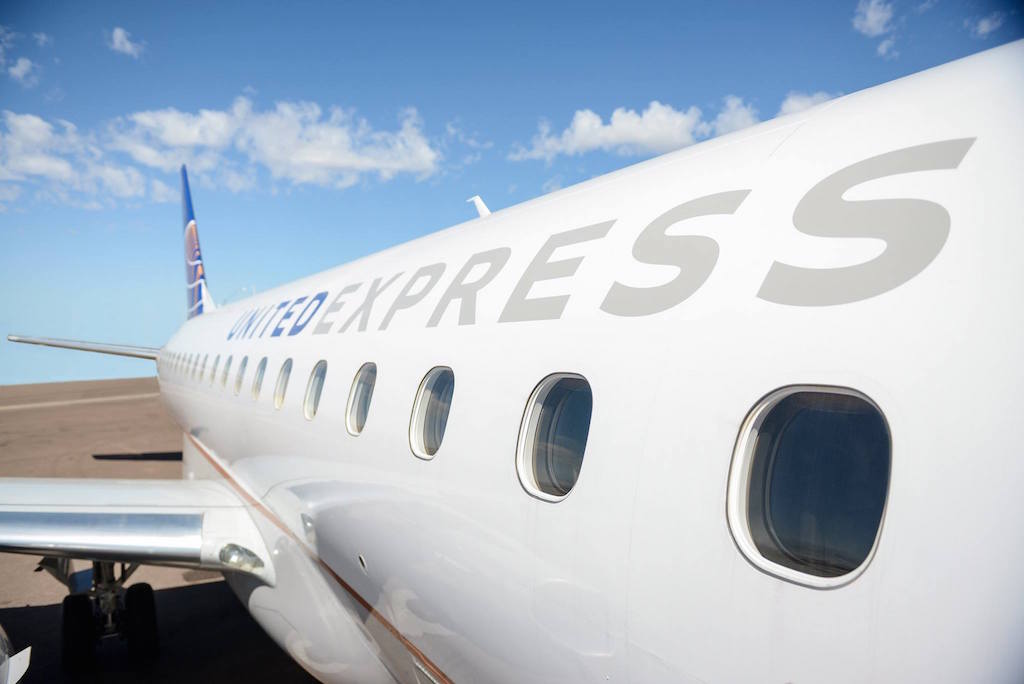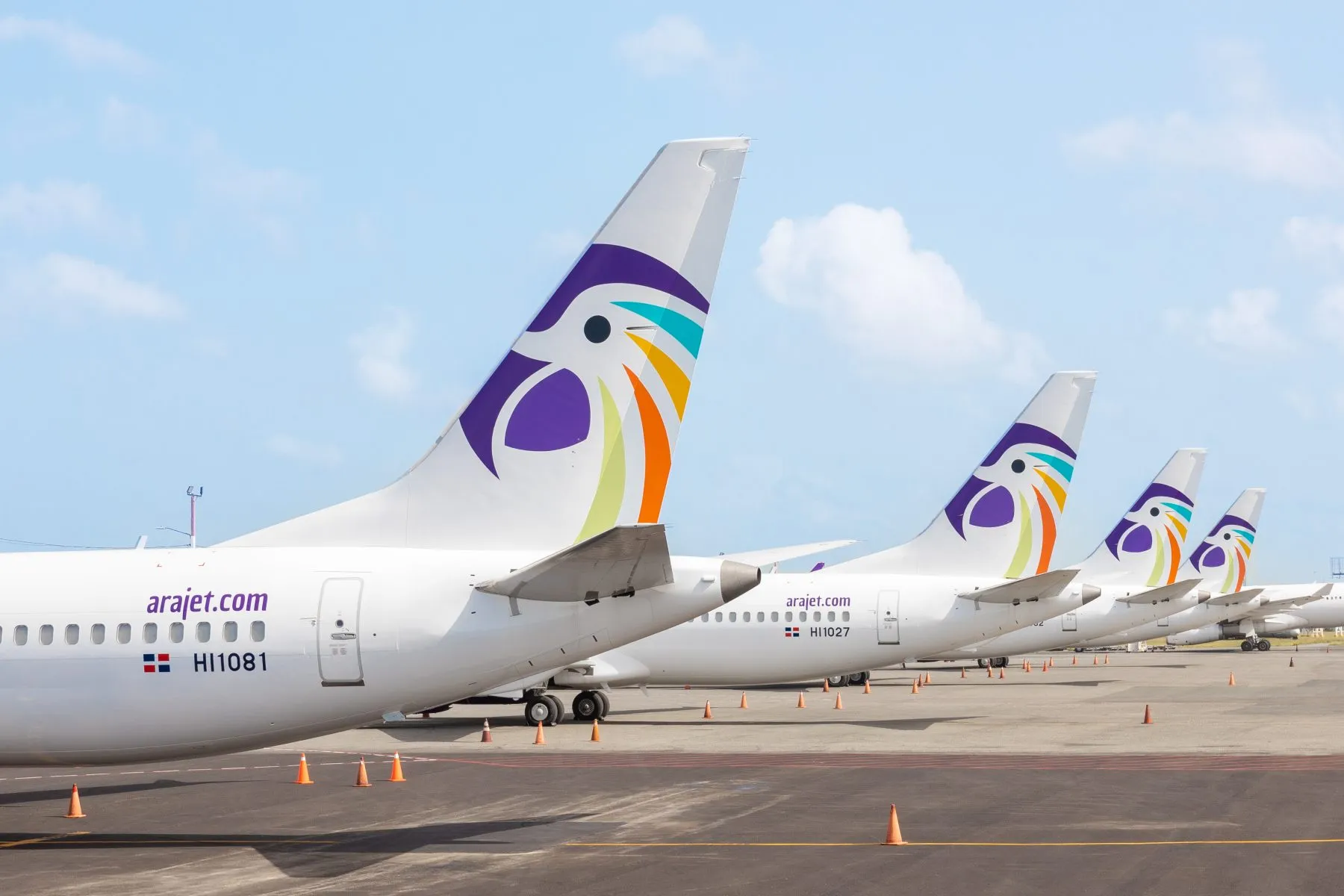United's Focus on Revenue Gains Gives It an Edge Over Rivals

Skift Take
If you're looking for a cheap spring or summer airfare on United Airlines, you may not find it — at least not yet.
United unveiled a new revenue management system last year, hoping it could use fresh technology to wring extra money from customers. And it has worked, executives said Wednesday on their fourth quarter earnings call, helping the airline sell fewer "lower-yield" tickets far in advance, so it can set aside seats for business customers.
The new system called Gemini, championed by United President Scott Kirby, is one of a series of new-revenue producing strategies boosting profits for United, which has shaken off its post-merger malaise and delighted investors over the past year with its financial performance.
United said it earned net income of $2.1 billion last year, roughly the same as in 2017, even though fuel costs rose almost 35 percent. And while fourth quarter net profit fell about 20 percent year-over-year, passenger revenue per available seat mile, or unit revenue, rose 5 percent, at the high edge of the airline's guide, sending the stock soaring.
This year, United may have challenges. Though it reported on Wednesday that early-year bookings have been strong, United faces an uncertain global economy, and as the largest U.S. airline in China, it has more to lose than its competitors from a trade war. Moreover, the U.S. government is a major customer, so United may be taking a hit from the partial government shutdown. Unlike Delta, which estimated Wednesday it will lose $25 million this month from the shutdown, United executives declined to share an estimate.
Still, more than at any time since its 2010 merger with Continental Airlines, United is operating like a well-run global airline capable of weathering an economic slowdown.
Yes, customer service and onboard product may not be as consistent as passengers would like. But while that stuff is important, analysts and business travelers often focus on the basics. Is the airline on-time? Does it fly where customers want to go? Does it facilitate connections in its hubs? Is it big enough to compete? Is it charging the right prices to fill planes while maximizing revenues?
On all those those metrics except on-time performance, United struggled before Kirby took over in August 2016. But over the past two and a half years, United has made changes to addresses them, and executives discussed some of them Wednesday on their earnings call.
Here are some examples:
Re-banking
Kirby likes to talk about an airline as a factory that manufactures connections. Yes, many customers travel nonstop. But many more connect, and when they buy tickets, they’re often looking for the most efficient journey.
Until recently, United often couldn’t give it to them. But that’s changing, with United going hub-by-hub to tweak its schedules to facilitate connections and increase margins.
“As you’re growing, you’re driving exponential connectivity, which drives margins growing fast," Kirby said.
Most airlines schedule five to eight banks of flights per day at each hub. In a morning bank, an airline will have a set number of flights arrive at say, 8 a.m., with roughly the same departing an hour later. The more flights, the more customers can make connections.
Next month, United will change its operation in Denver, so 50 flights will arrive and depart during a bank, up from 43 today. “Getting more aircraft on the ground at the same time is fundamental,” Chief Commercial Officer Nocella said.
Not every flight departs at a bank time. A busy route like New York LaGuardia to Chicago is flown hourly, and may rely less on connections. But this year, United is focused on ensuring as many flights operate in a bank as possible.
“The number of flights that are in bank in 2019, versus 2018, at all of these hubs, is going from 89 percent to to 95 percent,” Nocella said. The reason, he said, is simple. Bank flights produce significantly higher unit revenue.
Adding Flights on Off-Peak Days
Before the Kirby era began, United was in cutting mode, slashing flights in hopes it could increase unit revenues. Often, United would reduce flights on less profitable days of the week, like Tuesday and Wednesday.
In theory, it should have worked. But it didn’t, Nocella said Wednesday. So last year, United began to go back to seven-day per week scheduling on many routes, with improved results.
“We grew capacity on off-peak days a lot,” Nocella said. “And we did that because in years past, United had in theory cut capacity on those days to boost RASM. In fact, our results for this year showed that our RASM on those off-peak days actually went up more than our average RASM. That’s because United uniquely cut muscle from the bone.”
Cutting the Earliest Morning Flights
Customers may be willing to pay reasonable fares for off-peak day flights, but they don’t like early-morning departures, so United is cutting them, Nocella said.
United in 2019 has slashed the number of pre- 6 a.m. flights by roughly half, he said, because unit revenues on 6 a.m. flights are 9 percent higher than on 5 a.m. departures.
Moving Regional Jets Around
In 2018, United finally became serious about putting its most comfortable jets on its most important routes. Big airplanes flown by United crews — not regional contractors — are flying more often between key business cities.
“Our deployment of regional jets was not all that optimal,” Nocella said. “We flew mainline jets in regional markets. What I think you’ll see us do in 2019 is make sure that mainline markets have more often a mainline aircraft.”
This year, United seeks to use more regional jets to shuttle passengers from smaller cities into its hubs.
"It’s about getting the right aircraft in the right markets,” he said.
Working with Gemini
During his first yer at United, Kirby loved to bash the airline’s antiquated revenue management system, saying it kept the carrier from maximizing revenues.
Last year, though, United unveiled Gemini, and United executives now brag about it. Of the five points of unit revenue growth in fourth quarter, United attributed one point to the new system.
It can more accurately predict demand than the old platform, allowing United to charge more for tickets, and still fill planes.




